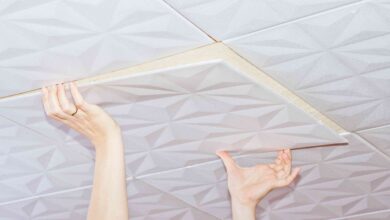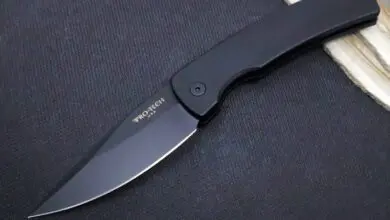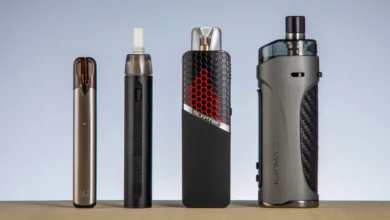How Much Bigger Should You Buy Children’s Shoes
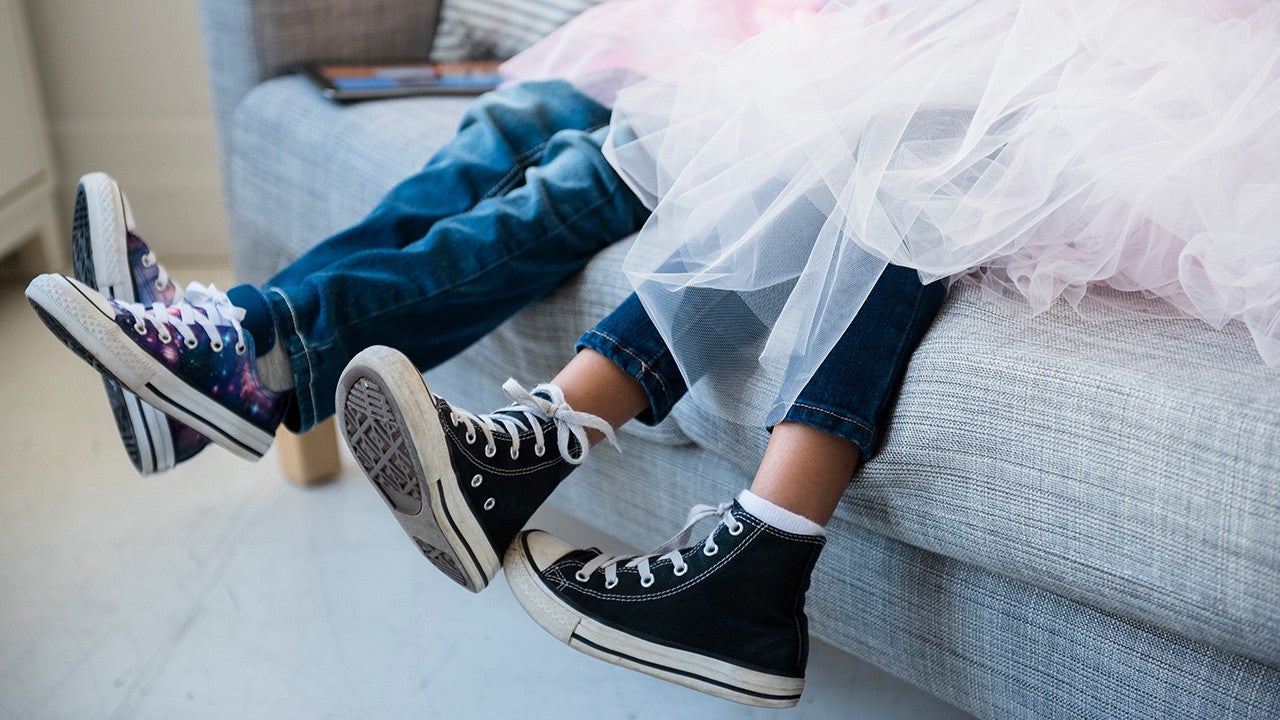
Children’s feet, especially in their early stages of life, are not fully formed yet as their bone and muscle structure continues to develop. Their feet grow at a whopping rate, as much as half a size every 2-3 months. A general consensus is that children between the ages of 1-17 should have their shoes replaced every 3-6 months, as children’s feet generally continue to grow until around the age of 18.
Look for unusually worn areas and wear and tear, especially on the sides if the shoes as an indication that the shoes aren’t wide enough as well as on the toe part of the shoe as an indication that it is overgrown. When buying a new pair of children’s shoes you should always aim to buy a pair that has a certain gap between your child’s toes and the end of the shoe i.e. growing space. Trying on numerous pairs of children’s shoes must seem like a nightmare to some, knowing children don’t often enjoy shopping.
This article will help you choose the right size pair of shoes for your children, by explaining to you the easiest ways of determining your children’s feet size and the adequate shoe growing space.
Buying bigger shoes for your child
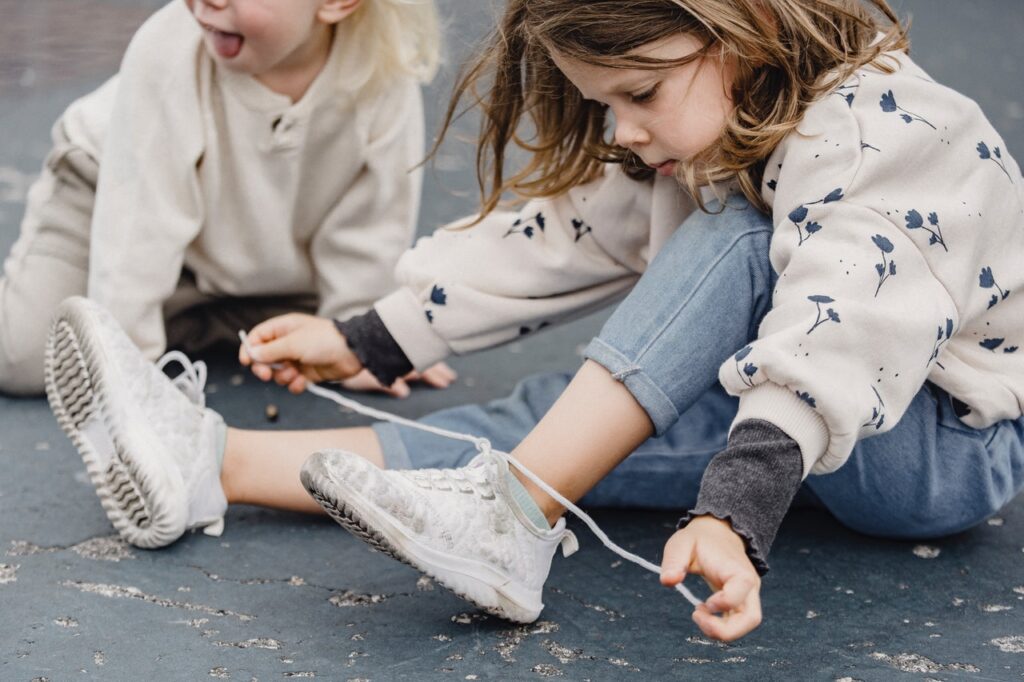
A general rule when buying children’s shoes is to leave enough growing space. Parents take this recommendation for granted. Plus, they often buy their children shoes that are half a size, or a size larger. Don’t be the type of parent that says it’s better for the shoes to be bigger than they will last longer as the child won’t grow into them so fast.
Just imagine yourself walking around with fins on your feet the whole time. I’m guessing it’s not going to be comfortable at all. Buying bigger shoes will most certainly affect your child’s balance as it will most certainly trip over. A good tell that your child is wearing bigger shoes is if their heel lifts out of the shoe when walking.
Also, buying insoles can help in the first period, so the child can feel more comfortable wearing bigger shoes. According to this blog, insoles can successfully reduce the shock on feet and help to maintain balance.
Buying smaller shoes for your child
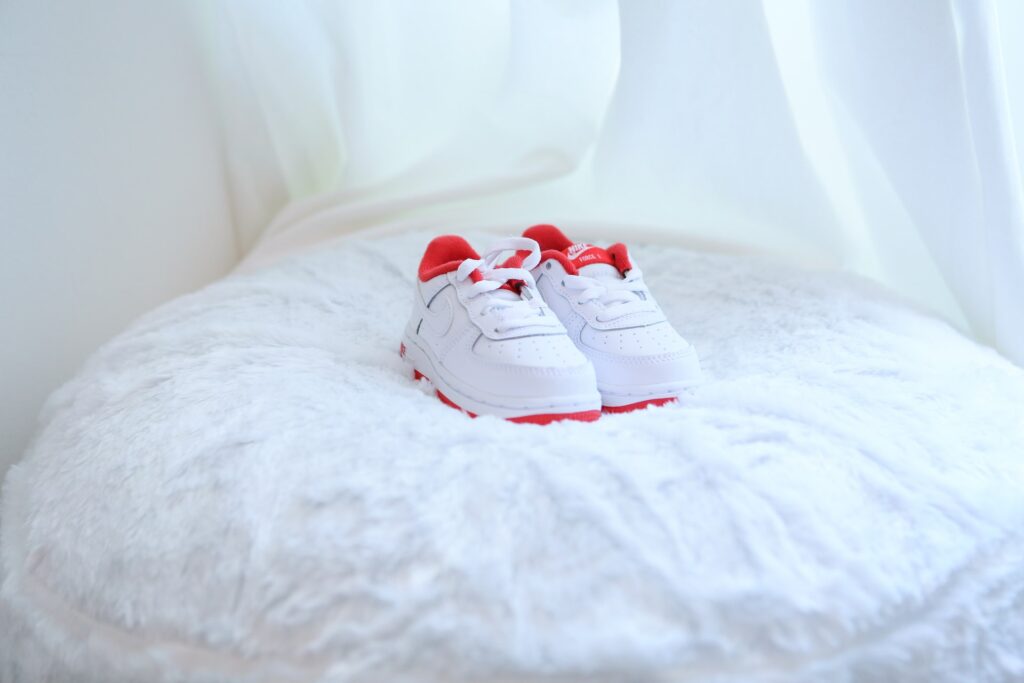
Buying smaller shoes can be as bad as buying bigger shoes as it will give your child discomfort and foot pain. Squishing your child’s toes can lead to the appearance of blisters, calluses, corns, and ingrown toenails from all that rubbing and overlapping of the toes. If this condition is left unattended it can lead to serious permanent damage to the feat and body such as feet deformities, back pain, etc.
The perfect fit
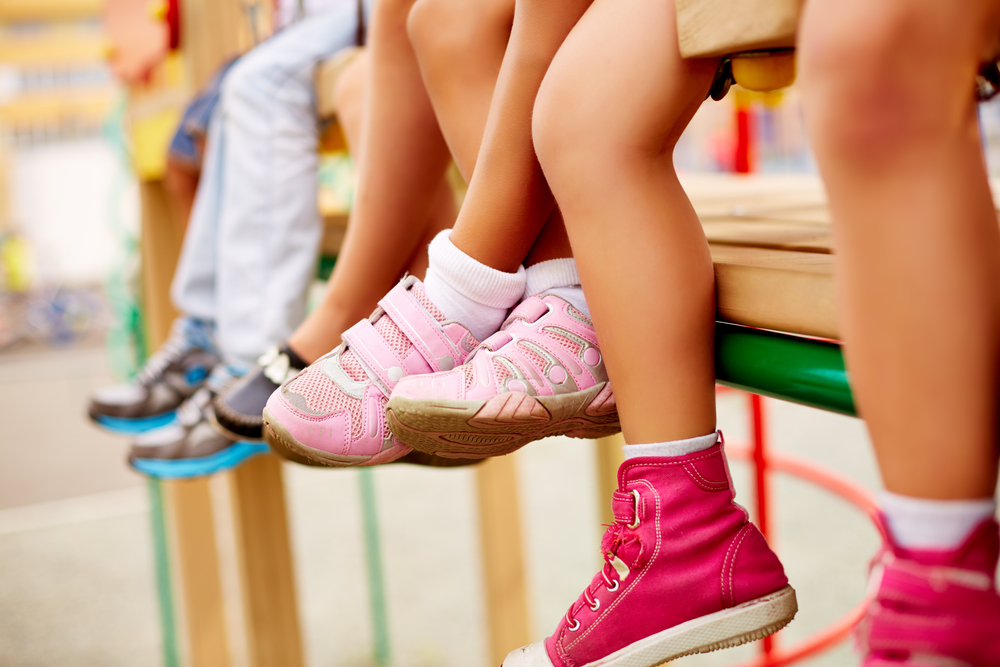
When buying shoes the first and foremost step is to measure the child’s feet. When buying shoes from a store you can use the store’s foot measuring tool. When buying online, you can use a ruler or tape measurer to measure the length and the width of the feet. Measure each foot separately as they are asymmetrical and their dimensions might differ.
Measure the feet while standing up with the feet firmly set on the ground. Also note that during the day that little feet might swell, therefore it is advisable to keep that in mind when buying shoes in the morning. The sufficient shoe’s growing room is between ¼ of an inch up to ½ of an inch, measuring from the big toe to the end of the shoe.
Note that the big toe might not be the child’s longest toe, so in that case measure from the other longest toe.
If you do not own any type of a foot measuring tool, nor a tape measurer for that matter, you can check the space between the big toe and the end of the shoe with your thumb by pressing the shoe. If the space is as big as the width of your thumb the shoes fit perfectly. Note that in order for this measuring technique to give proper results the child should be standing up, feet firmly planted on the ground, and its heel must be touching the back of the shoe.
How to measure your children’s feet when buying shoes from the internet
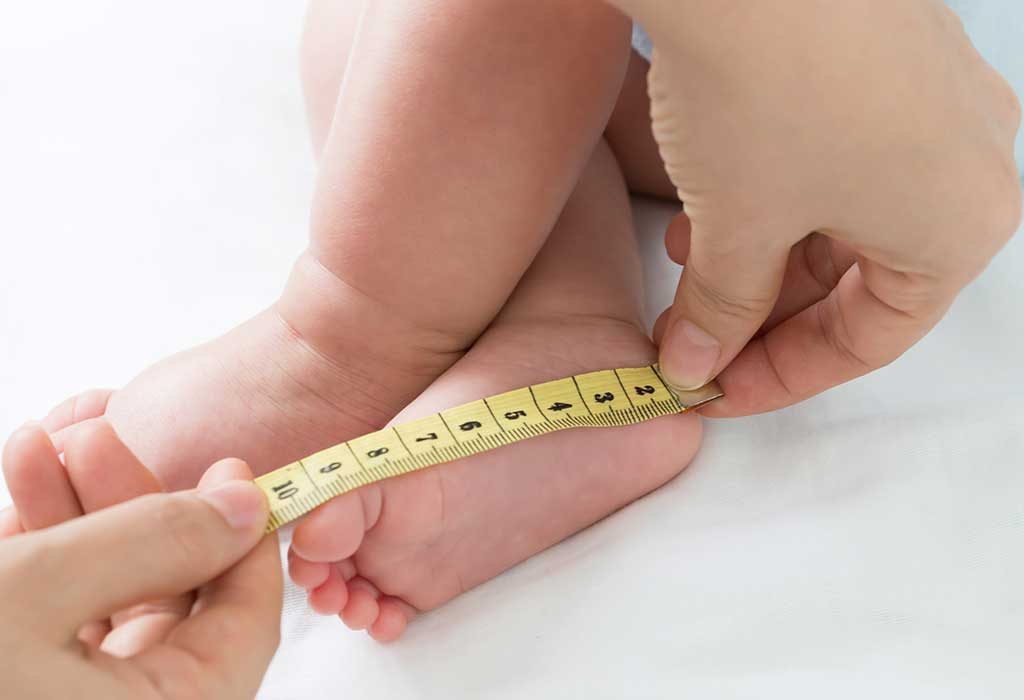
As of late, mostly because of the Covid-19 pandemic, the online shopping trend is ever increasing. When buying shoes from international wholesalers’ children’s boutique websites such as www.kiskissing.com, be sure that you have measured your children’s feet the right way. When measuring your children’s feet at home, using a tape measurer you have to measure the length and width of the feet, the instep, and to determine if your child has flat feet or not as it limits the shoe choices.
By measuring the feet, you will be able to determine the size/ length of the feet and find out if your child has narrow, medium, wide or extra wide feet. The instep is the top part of the foot, and it can be high or low.
Finding and buying the appropriate shoes for your children is imperative in keeping their feet healthy, well-developed, and free of deformities. By choosing the right shoes for your children you will prevent the development of future problems like improper posture, back pain, hip pain, and knee pain.
Inadequate shoes are the number one cause of muscular imbalances in the lower extremities and lower back, leading to an overall bad posture and chronic pain in that area. Typically, most parents are preoccupied with the outer design of the shoes, the color, and the brand, as they don’t pay enough attention to the comfort of the shoes. When it comes down to comfort the most important thing is the size of the shoes and how the shoe actually fits on the wearers’ foot. When buying your children, a new pair of shoes it is important to buy shoes that have growing room.
As children are full of energy and enjoy physical activities you should buy them a pair of shoes that are high-quality, comfortable, and closed-toe athletic with arch support.

